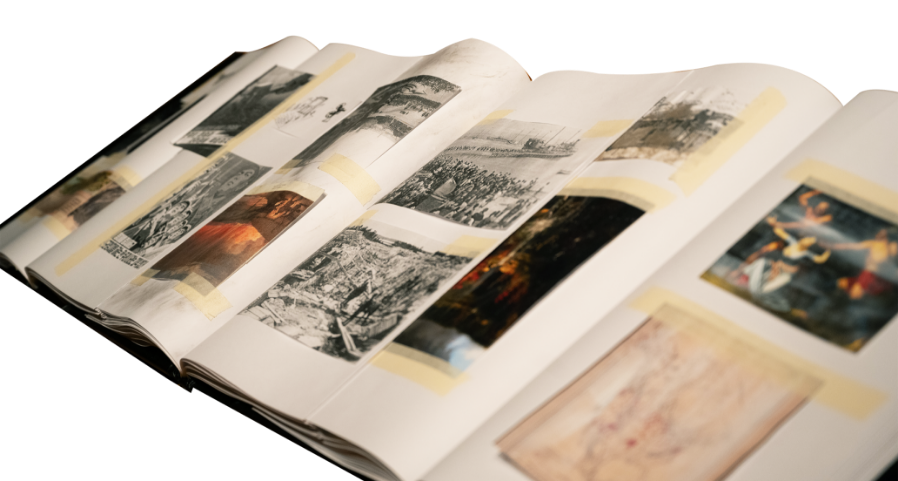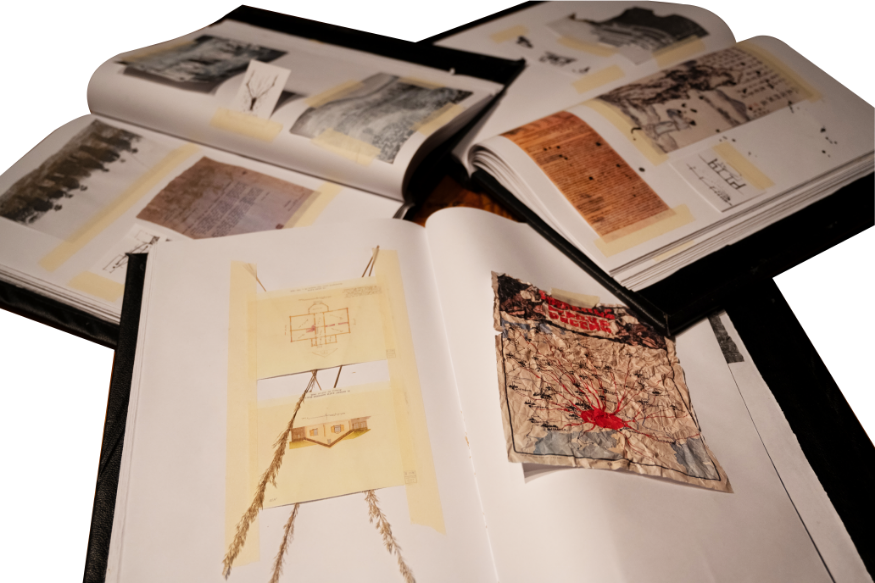-
The edge can be defined as an element that both conjoins and separates, protects and blocks. The concept of the edge limits and conceals the view of the Other leaving us uncertain to what lies on the other side. A section from Edward Casey’s book, “Looking Around the Edge of the World” serves as a prime source to prove such edges within the world and our everyday lives.
Casey’s writing begins by examining one of the earliest and greatest examples of an edge in the perceived world was that of the open ocean. Primarily experienced by the Ancient Greeks, the open ocean was an endless and boundless body of water that encircled the known world. This edge clearly limits our vision and movement but additionally opens up an invitation to explore the other side, resulting in one of two responses; turning back or going around. This proves the greatest activation of geographical imagination resides within the presence and essence of the edge, whether between sea and ocean or self and other.
Through the example of Ancient Greece, the effect of the edge on humans often manifests through a form of anxiety. It is proven that humans tend to avoid chaos and the abyss due to their uncertain and unknown characteristics, preferring to fill them in with something that is comprehensible. Philosophy also conveys a similar message but through ideas of the Continuist Principle and the Plenarist Passion. Both look to achieve related results, that of maximum continuity and fullness of a given situation or place without much regard to context.
Casey states that architects are too daunted by the void and populate open landscapes with structures to reassure a sense, or rather facade, of fullness. It is often easy to think of the world as either continuous and full or discontinuous and empty but the issue is no longer one or the other, but the presence of both made possible through the edge. Citing philosopher Maurice Merleau-Ponty, Casey goes on to identify the alternative to edge as the fold which instead promotes motion and vision. This concept explains that ourselves and the Other, which are separated by the edge, are intermingled bodies which overlap each other and ultimately become one through the act of perceiving. And although the edge remains a crucial aspect as the structure of self, viewing it as a fold allows the ability to transcend it and to witness the Other.
Given the writings and precedents that explore the concept of the edge, this thesis selects three specific instances, among the many throughout the world, which each exhibit different conditions and circumstances. Additionally, the sites chosen feature problems that began in the past, persist in the present, and foreshadow the future. Exploring the fundamentality of this concept, the project works to develop an understanding beginning with the intimate scale between two individuals and gradually unfolding into the expansive scale of the entire world, therefore proving the global, common and interconnected nature of the edge. Through the collage of stories and narratives within the three selected sites, this project seeks to create poetic images that reveal our relationship with the Other across the edge.
-

-
Artefact
Generated from this research, the artefact was then developed to synthesize the information and stories present into physical form as an architectural model. The artefact takes the form of three books containing 6 characters each, 18 in total. Between narratives, images and drawings, it attempts to explore the two sides of each edge. Through the initial reading of the narratives and viewing of the pages, a distinctness is evoked from the varying plotlines within them. But upon further exploration and the compounding of the pages upon one another, a larger, more unified mental image can take form from the specific edge, and familiarities can be drawn from one story or image to the next, drawing meanings across the edges around the world.
-
Through the reading of these narratives, the stories of these characters no longer remain only on the pages of these books but they are released into the space around us or within ourselves, transforming, interacting and creating meaning. Therefore this artefact aids in the translation to architecture, placing the common emphasis on strengthening identities while growing interrelationships.
From the process of compiling these books, the translation to architecture became apparent by means of drawings that emerged from reading between specific narratives and characters. Such translation led the way for an architectural program of archives which both stores and activates stories like the ones just shared, immortalizing through writing and enlivening through speaking. This archival of stories and memories allows for the entry into an empathetic dimension that facilitates the reversibility of the edge and exchange in understanding of the other, specifically illustrated through the drawings.
-
Across The Towers
The architectural archive of The Towers responds to this desire by rising above the horizon to once again reestablish the connection from one side to the other. Through the inhabitation of the tower, one is able to see across the border to the other, the view being framed by the scrolls and stories within their own. This visual connection of one within the other collapses the space between the towers as a result of the individual’s orientation within. Upon reaching the top of the towers, one a bell and the other a striker are placed. In addition to the archives underneath, the symbolism of the culturally significant relics beckons individuals to imagine outside themselves, the resonance ringing through the mind. The archive held within serves as a lens through which the view of the other can be perceived and clarified. The sightlines bridge the towers through the space between them and the memories gathered reach beyond, overlapping and reversing.
-

-
Above and Below The Cenotaph
The architectural archive of The Cenotaph fills this void, positioning itself as to join the earth and sky within a single space, reuniting through its presence. Stepping down and around the structure, the individual is placed between earth and mass, descending deeper into the buried culture of the past. Reaching the bottom, a stone is rolled away exposing the threshold into the dark and solemn grave. Within the tomb below, light gently spills forth from a puncture above, dimly illuminating the space around, therefore establishing the connection between the sky and earth, reviving the forgotten and buried. The archive held within serves a step, rising as the individual does and forming the foundation for the surface above. The stories spoken, read, and written begin to fill in that which was lost and restore the wholeness of the community, bringing what is below above.
-
Between The Fortresses
The architectural archive of The Fortresses act as structures of identity and the rotational mobility of each permits variation, informing the connecting boundaries. The forms, nomadic in nature and operated by individuals, continue to shift across the strained landscape leaving behind a trail of past positions and situations while framing others. Additionally, the fragmented state of these spaces allow for another to emerge between them. An individual’s occupation of this between space lacks a specific position, therefore embodying and becoming the reality that connects the fragments. And the archive held within serves as a core, traveling within the structures, rotating as they move. Such fluidity is indicative of war, but each remains a semi-permeable fortress that protects the identity it carries.
The detailing of each edge, the situation given, and the space which unites Across, Above/Below and Between, form a comprehensive look at how architecture might act as specific cultural archives generating a deeper interpersonal exchange in an attempt to mediate new realities. But also between all three sites, this project acts as a larger cultural apparatus mapping out the pictorial and linguistic landscape of edges across the world in the context of temporality, reversibility and identity to create a holistic understanding and view of the other. And in doing so, creates the openness and contemplative space for participants and viewers, like ourselves, to begin productively imagining the edges which are most prominent within our own lives and encourage a greater depth in the perception and understanding of otherness.
-
BACK